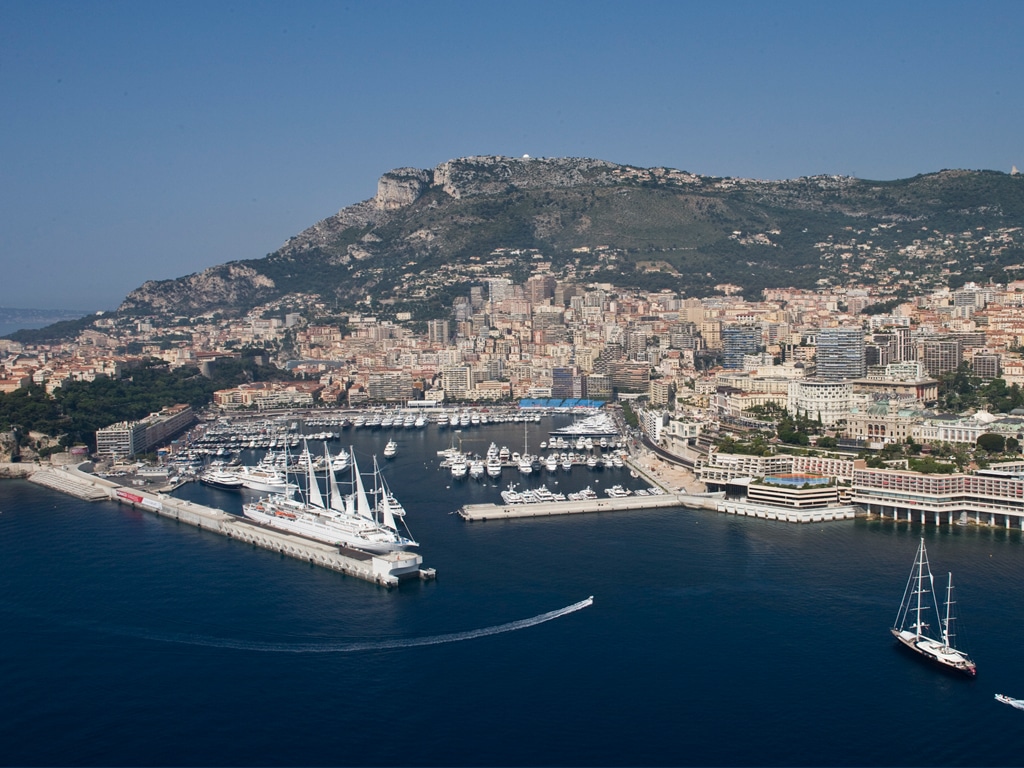The Monegasque Institute of Statistics and Economic Studies (IMSEE), today published the results of Gross Domestic Product (GDP). For the year 2017, it amounts to €5.68 billion against €5.85 billion in 2016. Monegasque GDP records a decline of -3.5% (in volume, correction made of inflation) mainly caused by two sectors; construction and other service activities, the very ones that produced the growth in 2016.
Indeed, in 2016 growth was entirely due to the performance of the construction sector (real estate development) and other service activities which generated a significant EBITDA.
In 2017, their results had a direct impact on the overall GDP of the Principality.
As in the Principality, but particularly in 2016, the overall result was only the expression of exceptional individual results. It’s the same in 2017.
The bookings on the real estate promotions realised in 2017, will not appear countably until 2018, at the time of the actual delivery of the real estates. This leads to a lag in the indicators.
The results of the other service activities confirm the volatility of this sector, subject to strong annual variations according to the results of the companies that compose it. This is the sector that experienced the largest drop (-22.4%) in 2015, the strongest growth (+ 39.3%) in 2016 and the second largest decline (-21.1%) in 2017.
In this context, employment continues to grow in 2017, in both private and public sectors. There were 1,853 additional employees (+ 3.5%) in December. The wage bill increased (+ 4.1%). It accounts for more than half of GDP (50.8%).
Monegasque entrepreneurs seem to have favoured employment over their margins.
After four consecutive years of growth, the gross operating surplus (EBITDA) of companies fell (-9.5% in value). It reaches 2.57 billion and represents 40.9% of the wealth created. Since 2005, the EBE has contracted only four times, particularly in 2009, following the international financial crisis.
Taxes paid on products rose in value (+ 0.1%), but decreased in volume (adjusted for inflation -0.6%). They contribute 13.1% to the wealth produced. Those are especially transferred duties and real estate VAT, which are falling while other taxes are rising.
The number of subsidies increased (+16.1%) mainly due to the creation of the Dependency Fund and the sums allocated to the energy transition.
The three most important economic sectors of the Principality, regarding GDP, are financial and insurance activities, scientific and technical activities, administrative and support services and real estate. They account for almost half (44.8%) of the wealth produced.
The per capita GDP amounts to €67,786. It decreased by 6.7% in volume. GDP per employee, an indicator of productivity, also fell by -6.8% to €104,603.










